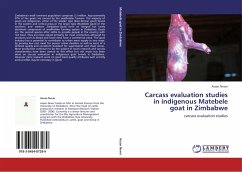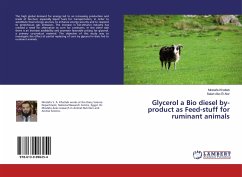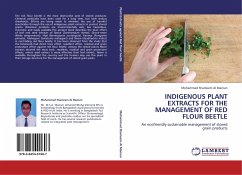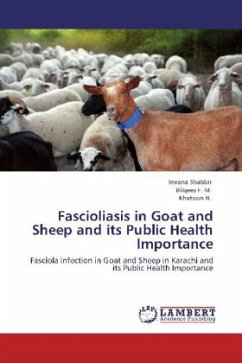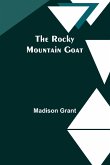Zimbabwe's small ruminant population comprises 3.3 million. Approximately 97% of the goats are owned by the smallholder farmers. The majority of goats are indigenous, either of the smaller type (East African goat) found in the eastern and central areas or the larger type (Matebele goat) of the southern and western Zimbabwe Goats form an integral but rarely dominant component of smallholder farming system in Zimbabwe. Goats are the second species after cattle to provide people in the country with red meat. They are most valued primarily for meat production although by products such as blood and bone meal have a commercial value. The goat industry has a potential to contribute to urban meat supply in two ways: by proving low cost meat for poorer urban dwellers as well as meat of a defined quality and consistent standard for supermarket and chain stores. Meat production continues to be the subject of much research and carcass characteristics have been central to this effect but not much has been done on carcass evaluation in indigenous goat breeds in Zimbabwe. However more research work on goat meat quality attributes such as fatty acids profiles may be necessary in goats
Bitte wählen Sie Ihr Anliegen aus.
Rechnungen
Retourenschein anfordern
Bestellstatus
Storno

